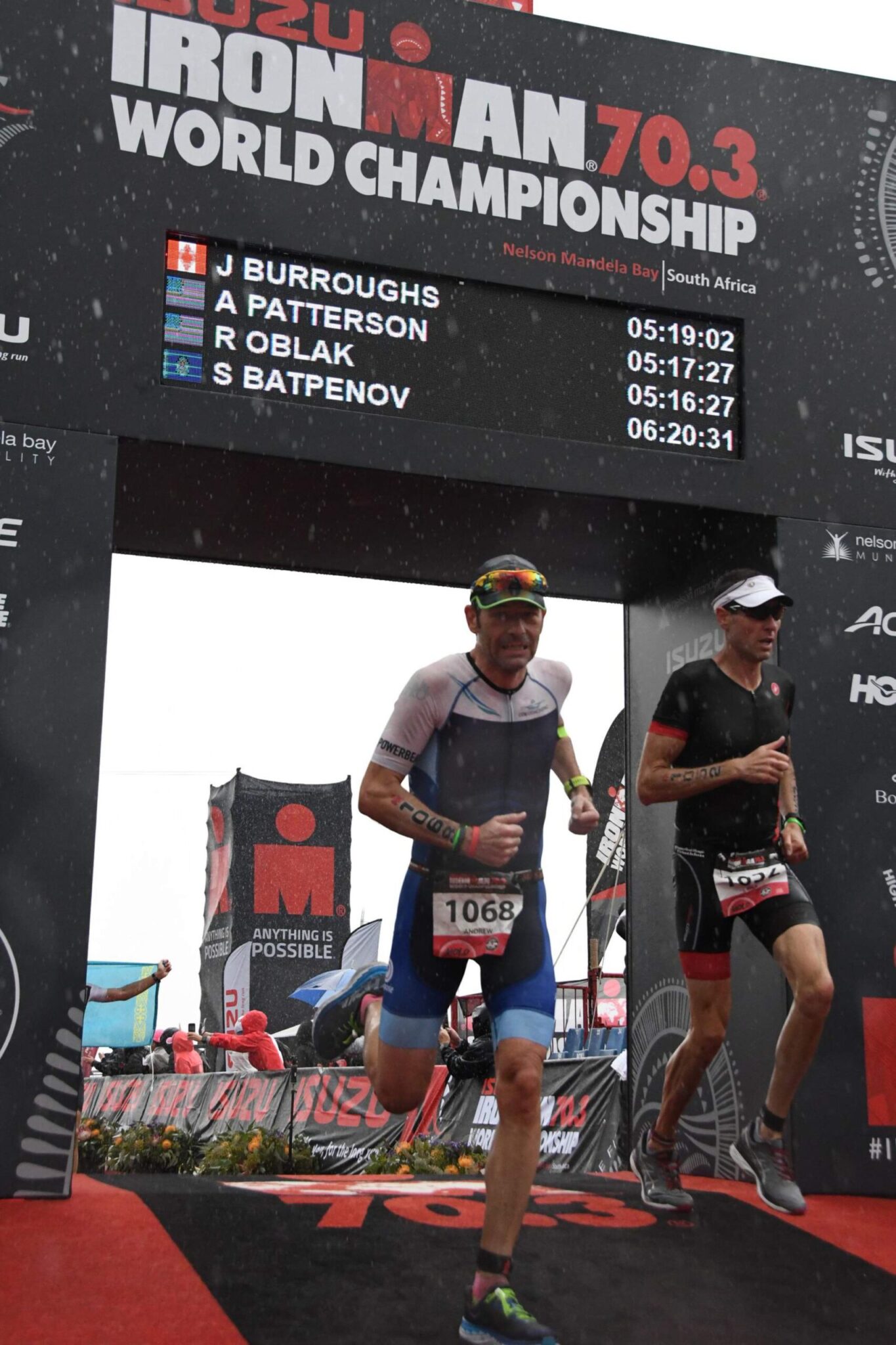With races coming back around various parts of the world, many of us can start setting more purposeful and focused race goals and get into concerted training routines again.
Steven Kotler, whose excellent book The Art of Impossible: A Peak Performance Primer, (in our Triathlon Book Reading List), tells us we need to set our goals as high as possible to achieve what we want.
According to Kotler, that has not always been the thinking. Such lofty goals were once seen as too daunting.

Traditional wisdom was that BHAGs (big, hairy, audacious goals) may impose too much stress on workers (or athletes) and a better approach was to focus on overall happiness, and results may follow.
Kotler says that University of Toronto psychologist Gary Latham found that dozens of studies demonstrated that goals had a direct result in increased productivity.
“If you want the largest increase in motivation and productivity, then big goals lead to the best outcomes.
Big goals significantly outperform small goals, medium-sized goals, and vague goals.
It comes down to attention and persistence—which are two of the most important factors in determining performance.
Big goals help focus attention, and make us more persistent.
The result is we’re much more effective when we work, and much more willing to get up and try again when we fail.”
Latham and partner Locke then figured out that our values and the outcome of the goals have to align. When that happens, the result is commitment.
Kotler summarizes it as, “Big Goals + Commitment —> Better Focus + Perseverance —> Goal Achievement.”
Who wouldn’t agree that you need to set your sights high?
James Clear, famous for his bestselling book Atomic Habits, however, takes another approach.

Clear tells us that we have to focus on the process, not just the final outcome.
I think we triathletes have great systems. We’re great at setting routines, sticking with them, and following through to the end.
Clear adds that this produces satisfaction for you during the journey.
So we need to acknowledge and value all those micro-successes. To me, they’re going to be nailing an interval, a workout, or maybe a few weeks of training with no missed sessions.
They may seem distant from Kona but their trajectory is on-target.
Contrast this with the idea that you won’t be happy until you reach said goal and you’re delaying happiness. In fact, it will never come if you don’t meet your goal.
Another point Clear raises is that once many people indeed do hit those goals, they quit working. The carrot is gone. The final prize has been achieved, or taken.
But if you’re enjoying the journey so much that you can return to training after Kona – because you love the system – you’ll be achieving your successes again and again.
So while you could say that Kotler’s advice and Clear’s advice are at odds with each other, I’d rather go with a hybrid approach: Set big, lofty goals, but then employ engaging, disciplined systems to achieve them.

Leave a Reply
You must be logged in to post a comment.